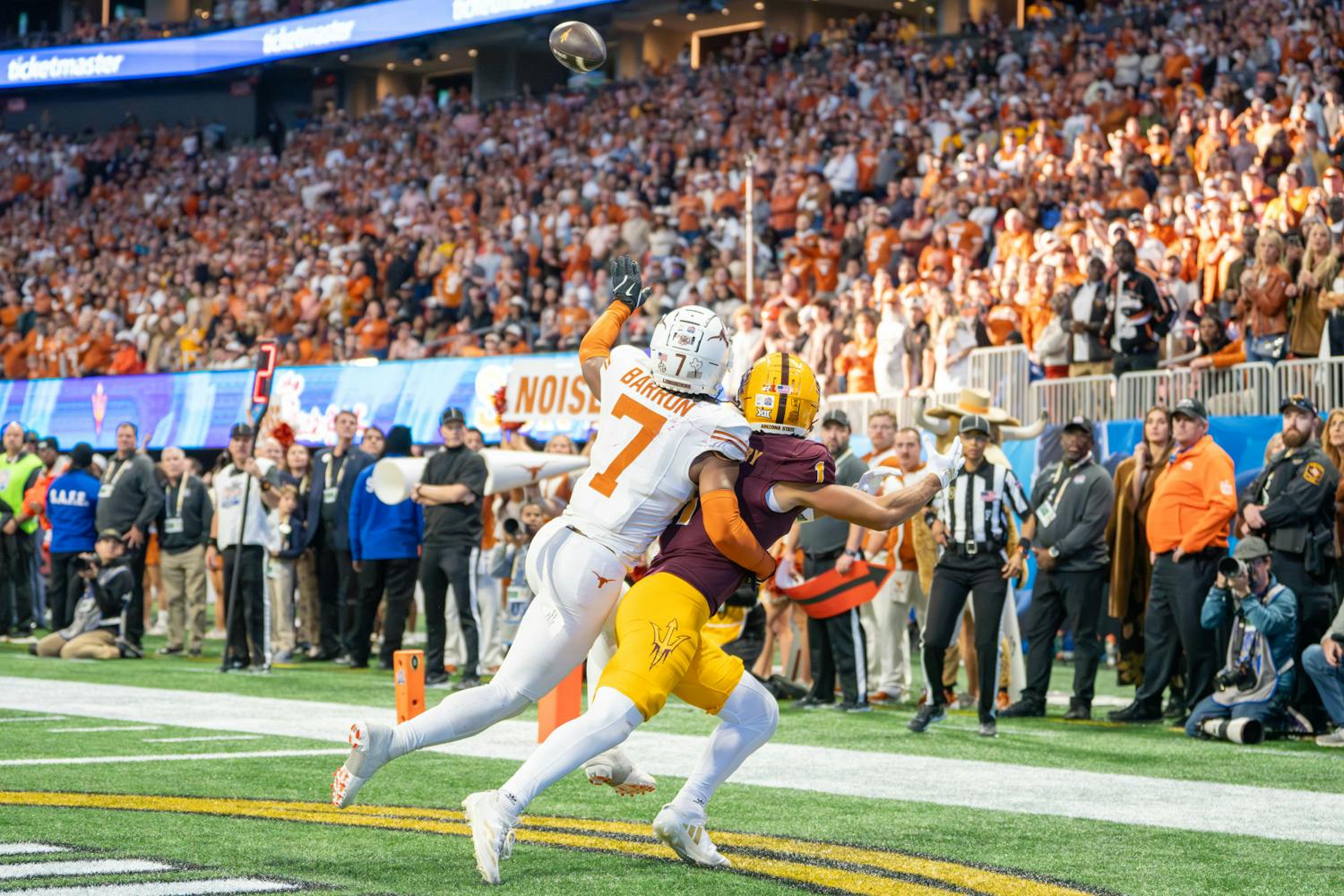Education technology graduate student Robert Christopherson is trying to turn concussions from a well-kept secret into a well-known fact through a new education program.
Christopherson helped launch Barrow Brainbook, an online concussion awareness training for high school athletes, through his research. Christopherson said Brainbook deviates from traditional eLearning.
“Barrow Brainbook is one of the first programs that explicitly focuses on teaching the athlete,” Christopherson said.
State legislatures calls for preventive protocols that made it mandatory for high school coaches, students and parents to complete concussion-education programs.
To comply with the law, the Arizona Interscholastic Association said every high school athlete in the state must complete Barrow Brainbook.
Christopherson said he hopes to expand the program to other states.
“Now that we have established the program here in Arizona, I look forward to moving to other states," he said. "I hope that this program will continue to grow over the next few years."
Additionally, Christopherson said he hopes the program will expand to include statements from athletes that play other sports.
“Right now, more than half of our comments come from football players,” he said. “The hope is to bring professional athletes from other sports into the course as well."
Barrow Brainbook aims to alleviate the misconceptions associated with concussions through fictional characters, such as Daredevil Dan.
He is one of the first characters athletes encounter while completing the course.
"(Daredevil Dan) doesn't care if he gets hurt, as long as he makes the play or scores big,” Christopherson said.
Christopherson also said many students possess the same mentality as Daredevil Dan.
“Many students, like Daredevil Dan, think that unless you get knocked, you don't have a concussion,” he said. “It is ideas like these that we are trying to bring to the forefront of the discussions within Barrow Brainbook and point out the consequences of playing through the pain.”
Earlier this month, a Keams Canyon Hopi High School football player died after what officials called a typical football tackle. After the play, the running back was conscious and even lined up for another play before collapsing on the field.
Last week, ESPN released a report showing a 9.5 percent participation decline in Pop Warner, a youth football program, between 2010 and 2012. The report said the drop might be a consequence of NFL's "concussion crisis."
Christopherson said intramural college sports is one area that could greatly benefit from concussion-awareness programs.
“These (intramural) sports really need teams to be aware of concussions and be willing to help each other know when to take it easy and get some help,” he said.
Christopherson said ultimately it is up to the individual to determine his or her level of health.
“It is the responsibility of teammates, parents, coaches, trainers and especially the individual to be aware of their own physical and mental conditions and know when to keep playing or when to get help, “ he said.
Dr. Javier Cárdenas, neurologist and brain injury expert who is the director of St. Joseph’s B.R.A.I.N.S. Clinic, first approached Christopherson about Barrow Brainbook.
“Over 180,000 high school athletes in the state of Arizona have benefitted from the knowledge of Robert Christopherson,” Cárdenas said.
Christopherson’s background in eduation has aided in advancing the online course, Cárdenas said.
“Robert’s expertise in educational technology is the primary reason Barrow Brainbook has not only successfully taught high school athletes about concussion dangers, but has become the most successful concussion education program in the country,” he said.
Quincy Conley, educational technology graduate student and co-instructional designer of Barrow Brainbook, said he has worked on designing other versions of the program.
“Since its inception, I've also pursued other iterations of the Brainbook course,” Conley said. “With the help of my colleagues, I designed a collegiate version for ASU athletes.”
Conley also said he hopes to make the program comprehensive enough for high school students.
“Each year when they (high school students) are required to complete the training, the course would be personalized to each student based on their performance,” he said. “This could potentially help to improve the impact of the training, thus improving the awareness of head injuries by learners.
Reach the reporter at mmkallo@asu.edu or follow him on Twitter @its_ame_a_mario



